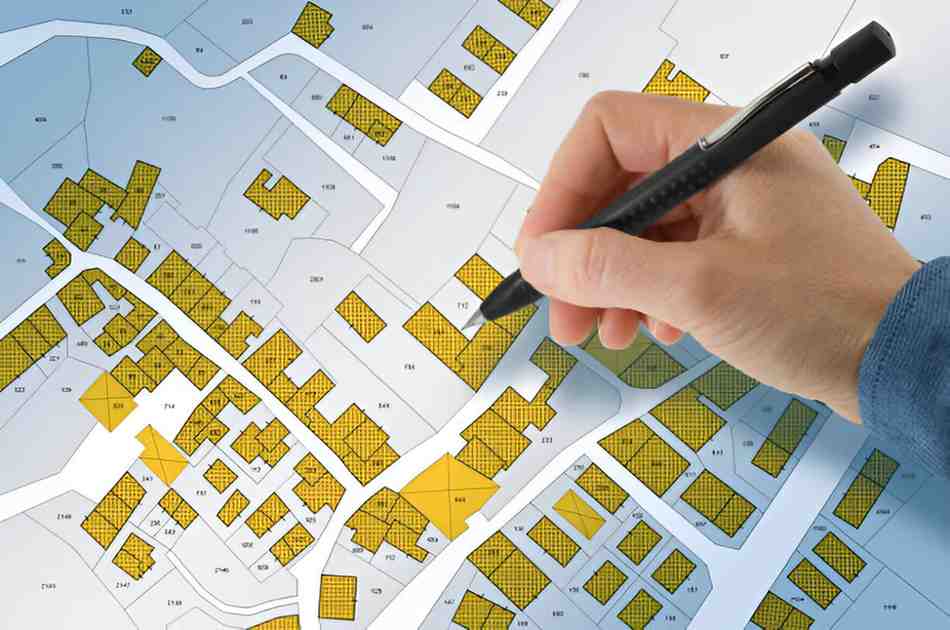As an accounting and finance professional, I often find students struggle with the concept of physical price—what it means, how it differs from other pricing mechanisms, and why it matters in financial reporting and analysis. In this article, I break down the fundamentals of physical price, its applications, and its implications in accounting and finance.
Table of Contents
What Is Physical Price?
Physical price refers to the actual, tangible cost of a commodity or asset in the spot market—the price at which a product can be bought or sold for immediate delivery. Unlike futures or forward prices, which derive value from future expectations, physical price reflects real-time supply and demand dynamics.
Key Characteristics of Physical Price
- Immediate Settlement – Transactions occur “on the spot,” meaning delivery and payment happen almost simultaneously.
- Location-Dependent – Physical prices vary by geographic region due to transportation and storage costs.
- Influenced by Market Fundamentals – Weather, production levels, and geopolitical events directly impact physical prices.
Physical Price vs. Futures Price
A common point of confusion is the difference between physical price and futures price. Let’s clarify:
| Feature | Physical Price | Futures Price |
|---|---|---|
| Settlement | Immediate delivery | Future delivery |
| Pricing Basis | Current market | Expected future value |
| Volatility | Higher (short-term) | Smoother (long-term) |
| Usage | Actual transactions | Hedging/speculation |
For example, crude oil’s physical price in Texas might be \$75.20 \text{ per barrel} today, while the futures contract for delivery in six months trades at \$77.50 \text{ per barrel}. The difference, \$2.30, reflects storage costs, interest rates, and market expectations.
Why Physical Price Matters in Accounting
Inventory Valuation
Under Generally Accepted Accounting Principles (GAAP), companies must value inventory at the lower of cost or market (LCM). If a manufacturer holds copper with a physical price drop, they must write down inventory to reflect the current market value.
Example Calculation:
A company holds 1,000 lbs of copper purchased at \$3.80 \text{ per lb}. The current physical price drops to \$3.50 \text{ per lb}.
This adjustment impacts both the balance sheet (reducing inventory value) and the income statement (increasing cost of goods sold).
Revenue Recognition
For commodity traders, revenue is recognized based on the physical price at the point of sale. If a wheat farmer sells 5,000 bushels at today’s physical price of \$6.40 \text{ per bushel}, revenue is:
5000 \times 6.40 = \$32,000Financial Reporting Implications
Fair Value Accounting
Under ASC 820 (Fair Value Measurement), companies must report certain assets at their current market price. For commodities, this often means using the physical price as a key input.
Hedging Strategies
Firms use derivatives to hedge against physical price fluctuations. If an airline fears rising jet fuel costs, it might enter into futures contracts to lock in prices. The effectiveness of this hedge depends on the correlation between physical and futures prices.
Real-World Factors Affecting Physical Prices
- Supply Chain Disruptions – A hurricane shutting down oil refineries can spike gasoline physical prices.
- Regulatory Changes – Tariffs on steel imports can raise domestic steel prices.
- Seasonality – Natural gas prices rise in winter due to heating demand.
Conclusion
Physical price is a foundational concept in commodity markets, accounting, and financial analysis. Unlike derivatives pricing, it reflects real-world transactions and directly impacts financial statements. Understanding its dynamics helps accountants and finance professionals make better valuation, reporting, and risk management decisions.





